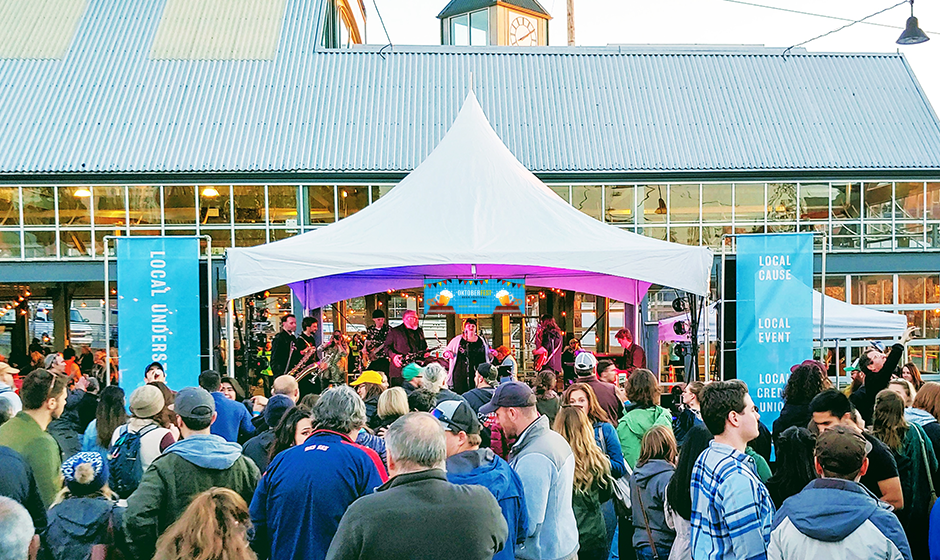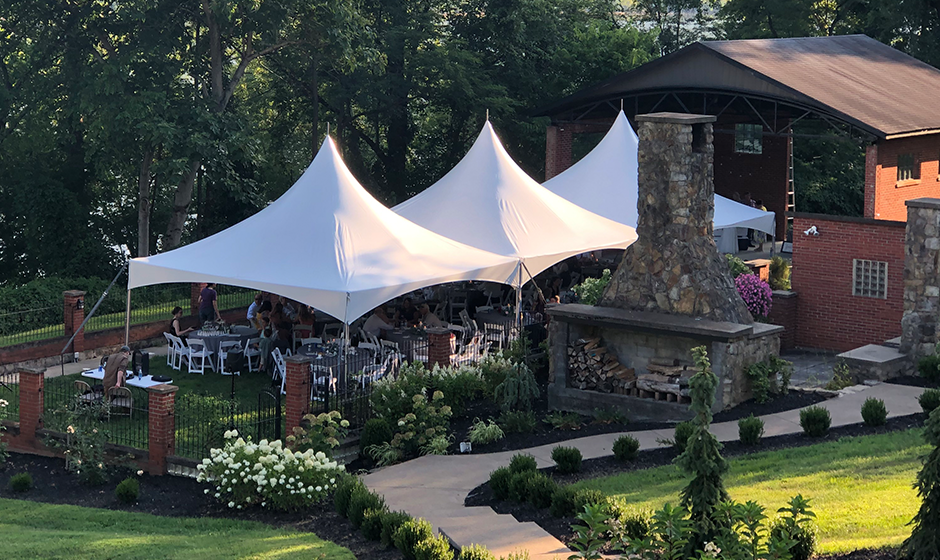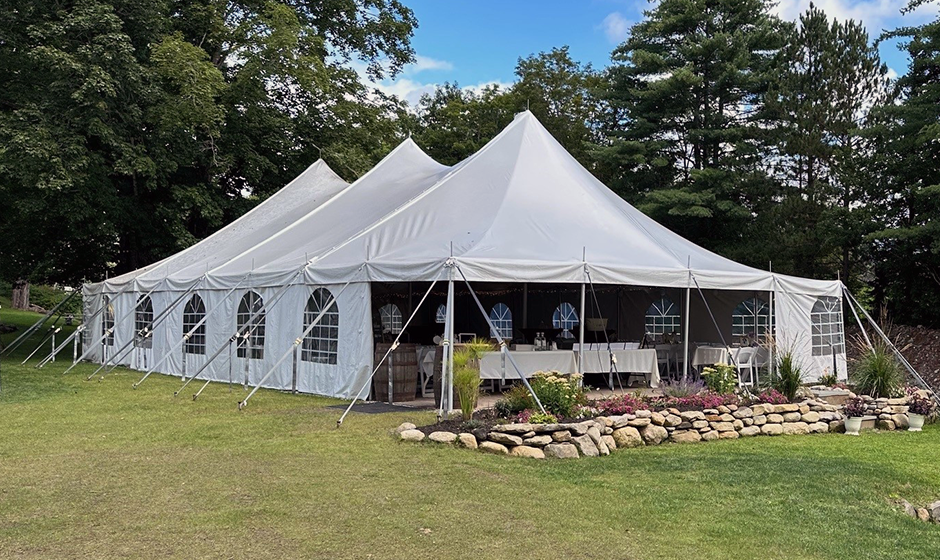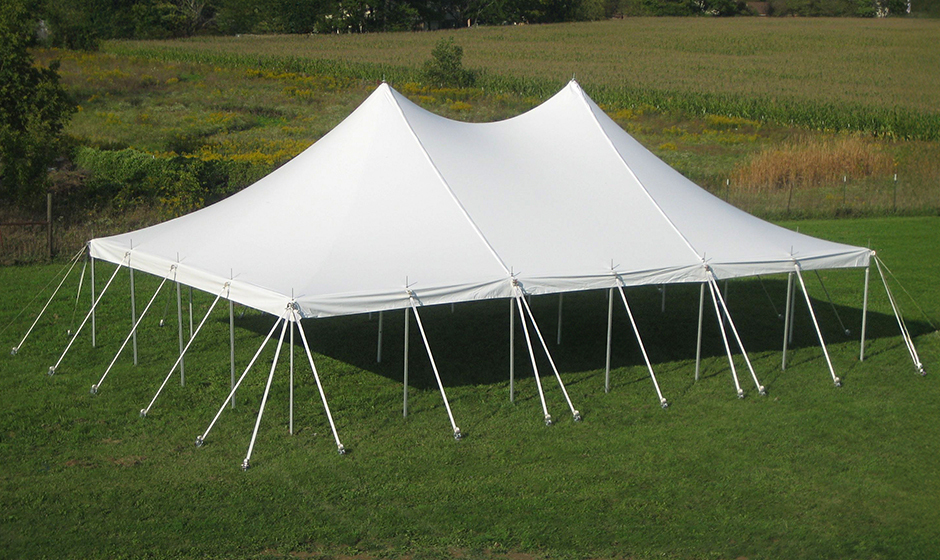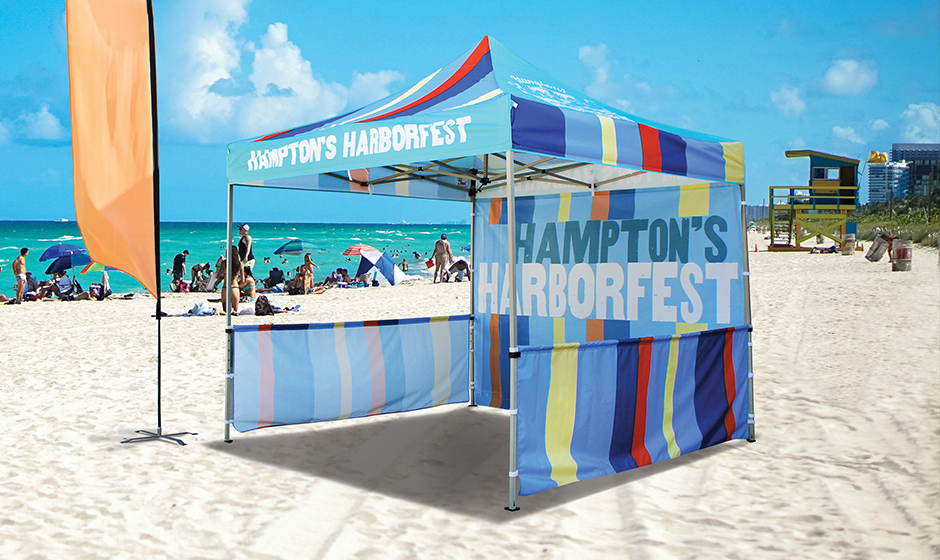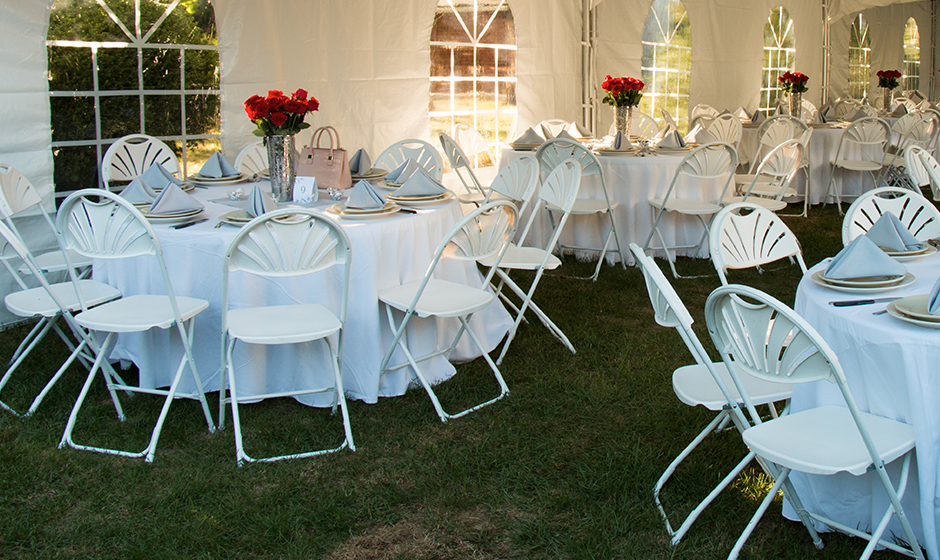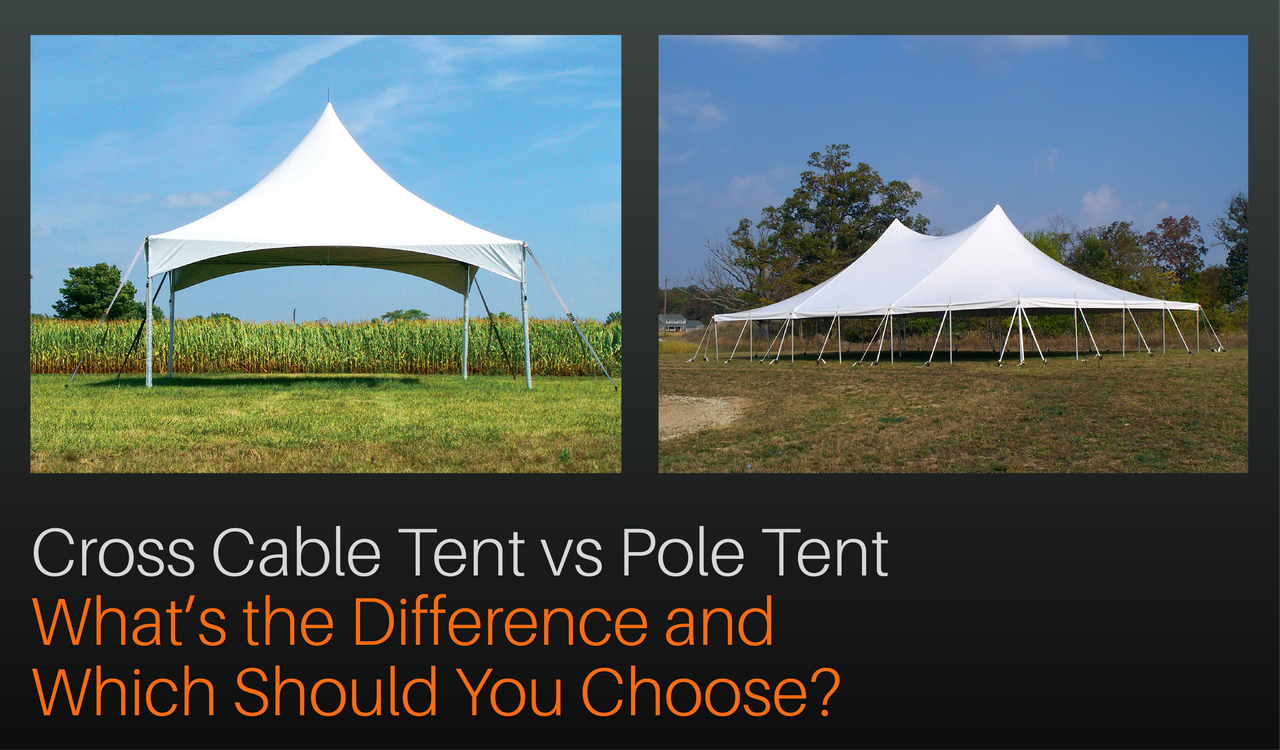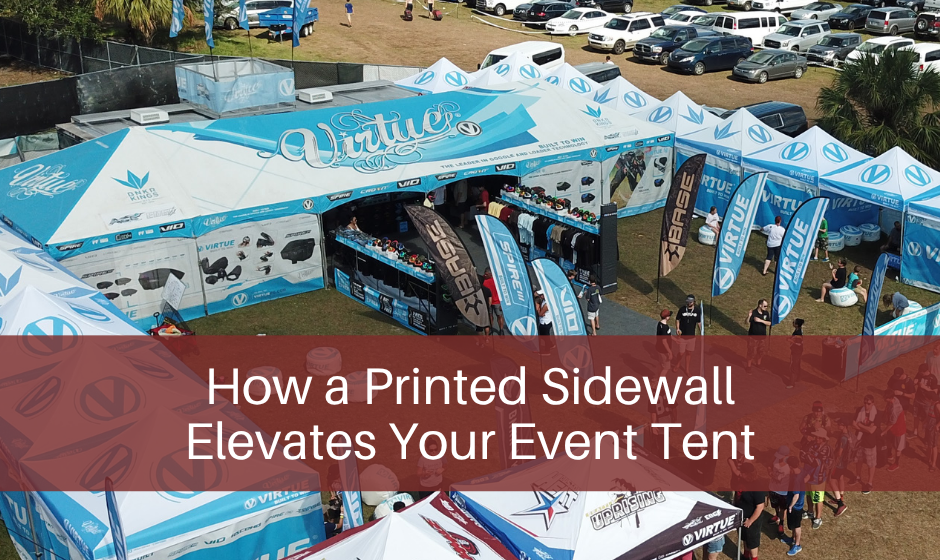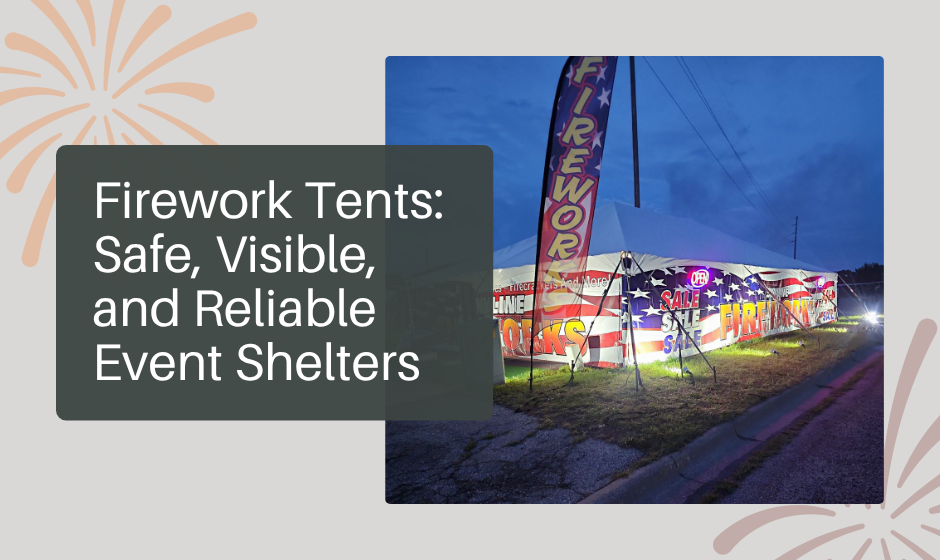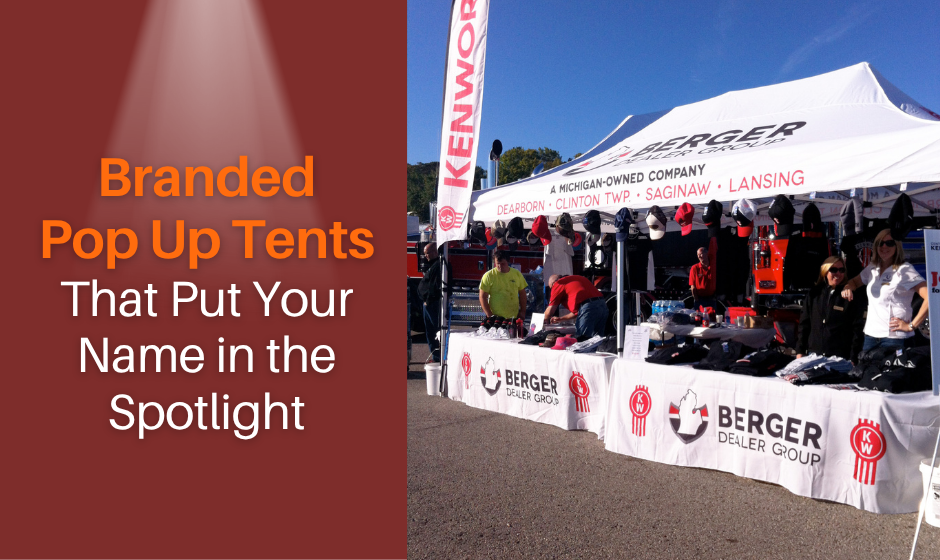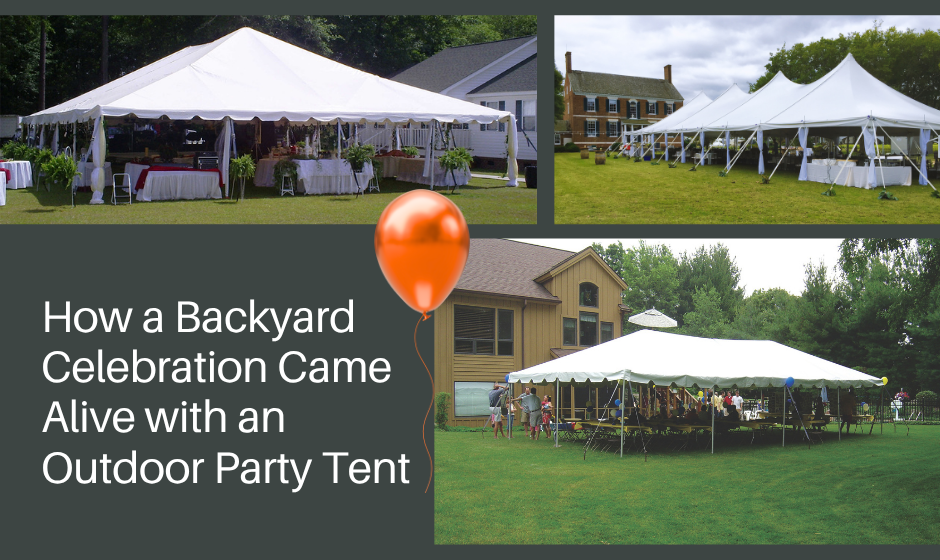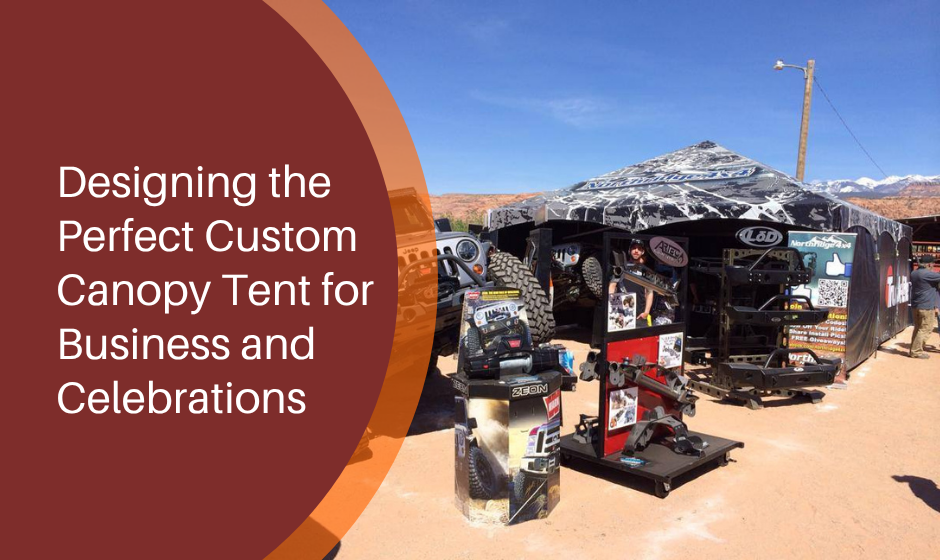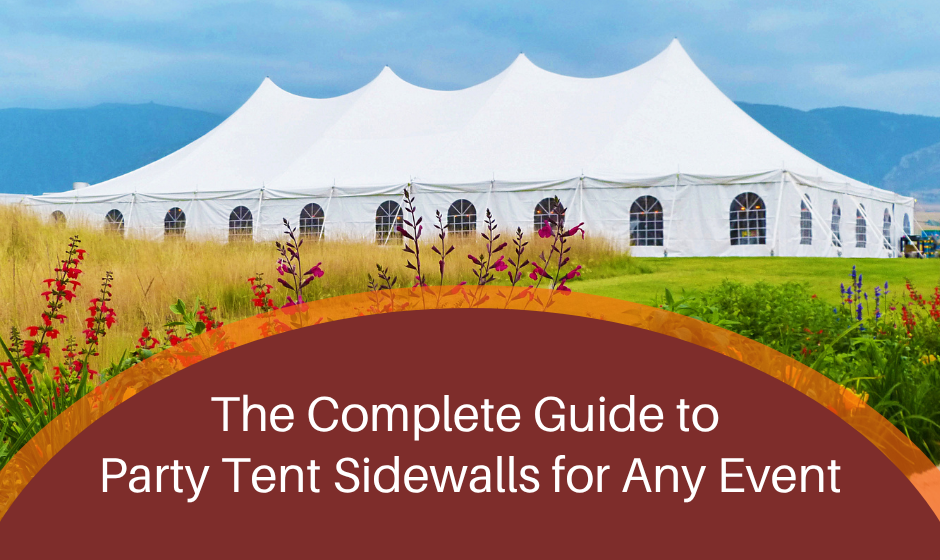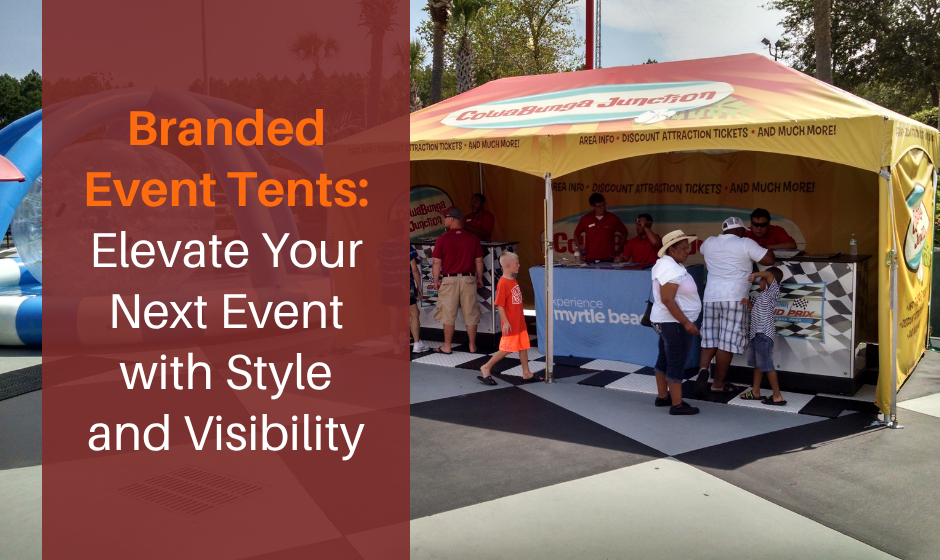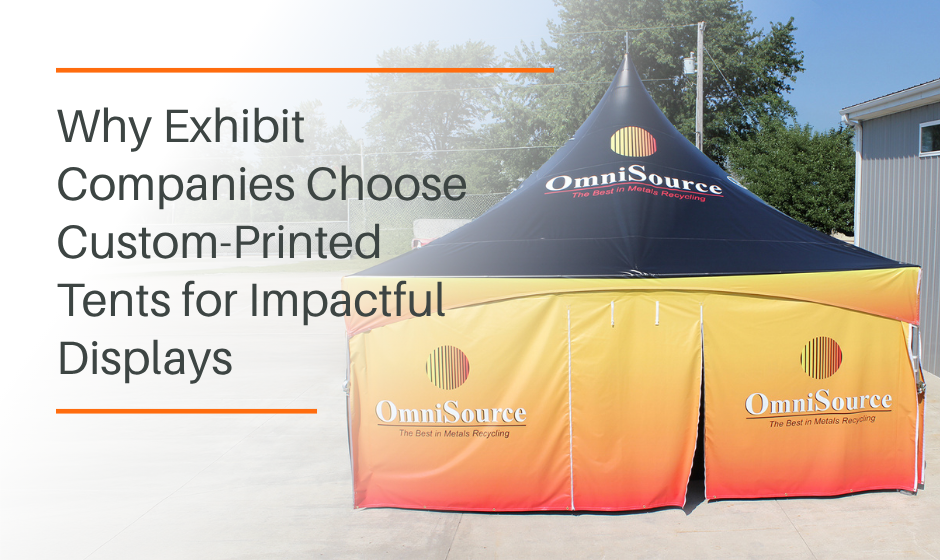Cross Cable Tent vs Pole Tent: What’s the Difference and Which Should You Choose?
When planning an event—whether it’s a wedding, corporate function, or community fair—choosing the right tent structure is a key step. You want something that looks great, performs well in changing weather, and suits your space. Two popular options are the Cross Cable Tent and the Pole Tent. While both offer elegant high-peak aesthetics and solid coverage, their structural differences can significantly impact setup, appearance, and performance.
Let’s break them down so you can pick the best fit for your next event.
What Is a Cross Cable Tent?
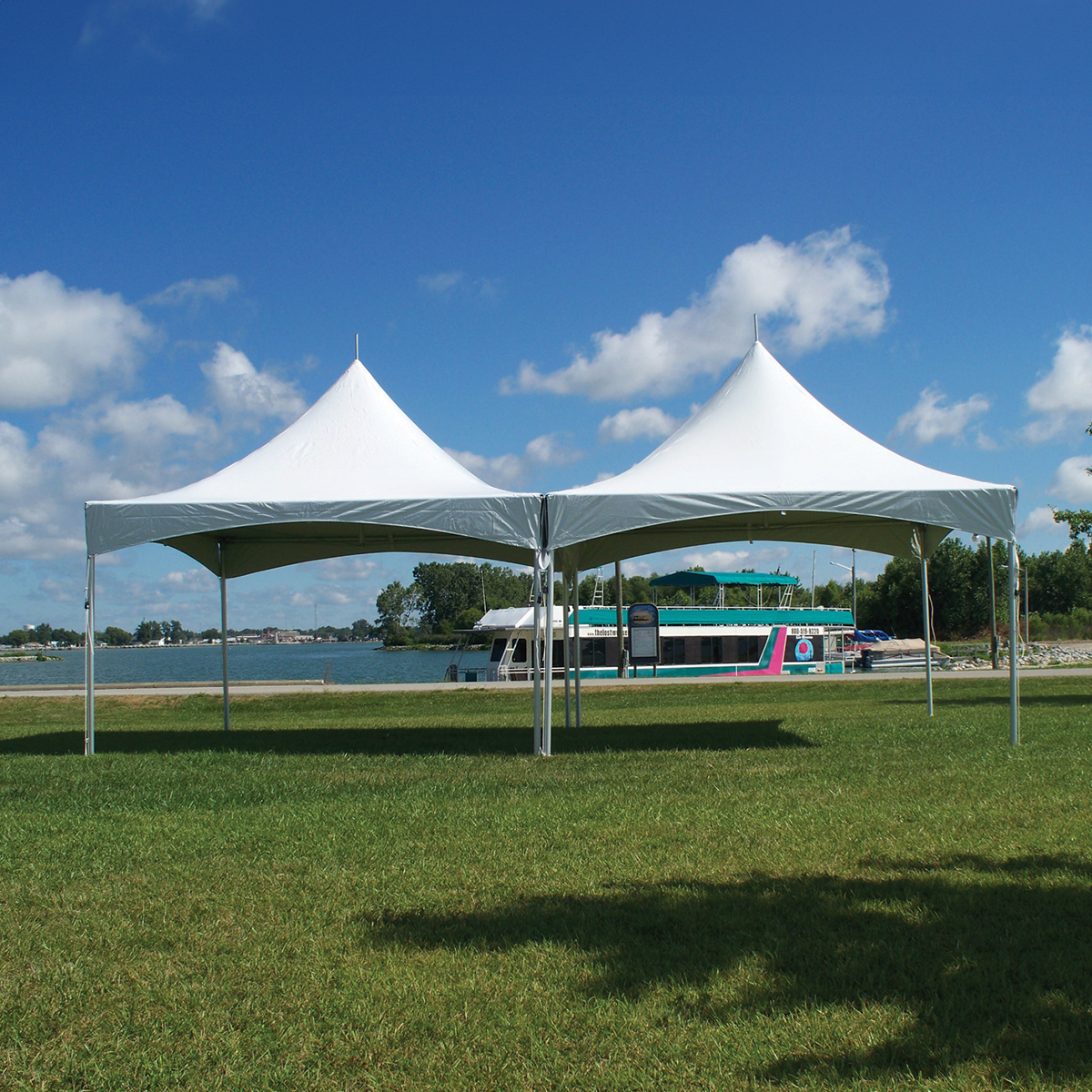
A Cross Cable Tent is part of the high-peak tent family. It creates a sharp, stylish center peak using tensioned cables—rather than a central pole. The mast is suspended in the air, anchored by cross cables that run from the base of each corner.
This design provides a clean, open interior with no center poles, making it ideal for weddings, vendor booths, or any event where floor layout and visibility matter.
What Is a Pole Tent?
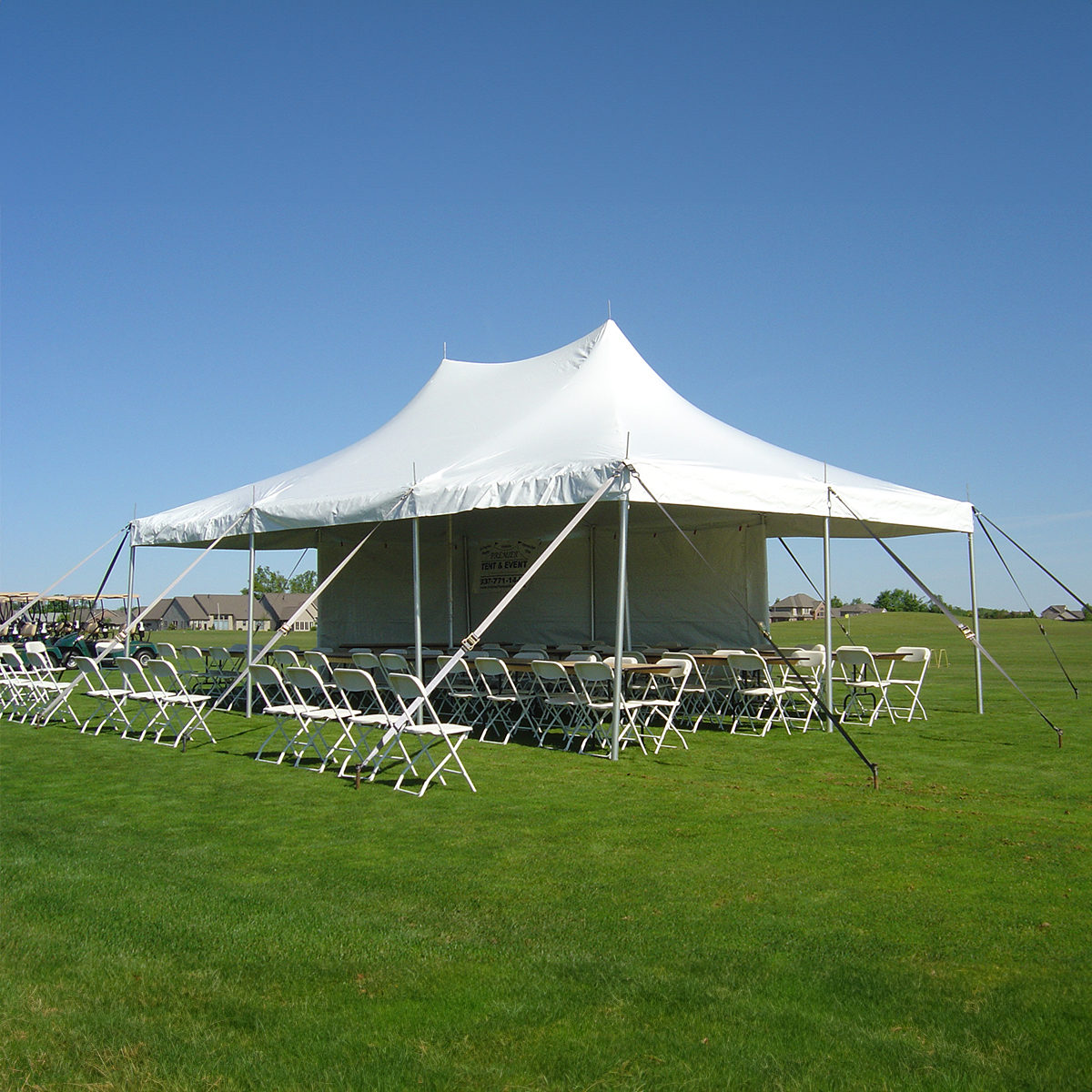
A Pole Tent is a time-tested event favorite. Supported by perimeter poles and one or more center poles, this tent style relies on external tensioning (via ropes and stakes) to stay upright.
It’s best suited for grass or other penetrable surfaces and is popular for large-scale outdoor events thanks to its classic peaks and broad footprint.
Key Differences: Cross Cable Tent vs Pole Tent
| Feature | Cross Cable Tent | Pole Tent |
|---|---|---|
| Center Pole | None (suspended mast) | Yes, central support pole(s) |
| Floor Space | Fully open | Interrupted by center poles |
| Aesthetic | Modern high-peak | Classic high-peak |
| Setup Surface | Works on hard surfaces | Requires stakable surface |
| Wind Resistance | Good with proper anchoring | Good with tensioned setup |
| Setup Time | Faster, fewer components | Longer due to tensioning/staking |
| Custom Branding | Moderate | Moderate |
| Popular Uses | Weddings, vendor booths, markets | Festivals, ceremonies, large gatherings |
Pros and Cons of a Cross Cable Tent
Pros
- Clean, open interior with no center pole
- Elegant design suitable for upscale events
- Can be installed on hard surfaces like asphalt or concrete
- Faster setup and fewer components
Cons
- Requires proper cable tensioning for safety
- Fewer size options in some markets
- Slightly higher upfront cost due to hardware
Pros and Cons of a Pole Tent
Pros
- Timeless high-peak appearance
- Scales up easily for large gatherings
- Lower cost than cross cable tents
- Great for wide-open fields and lawns
Cons
- Center poles can obstruct interior layout
- Requires staking—best on grass or soft ground
- Longer setup and breakdown times
Use Case Scenarios: When to Choose Which
Choose a Cross Cable Tent if:
- You’re setting up on concrete, asphalt, or a non-penetrable surface
- You need a clean interior without obstructions
- You want a sleek, modern aesthetic
- You’re hosting an upscale event with a premium feel
Choose a Pole Tent if:
- You have access to grass or penetrable ground
- You’re planning for a large crowd on a tighter budget
- You want a traditional or “festival-style” atmosphere
- You don’t mind (or want) center poles as part of the design
Setup and Storage Considerations
Cross Cable Tents are easier to transport, faster to set up, and ideal for short-term or high-turnover events. Their modular components and lack of ground poles make them appealing for mobile operations.
Pole Tents, while bulkier, offer proven strength, scalability, and affordability for long-term or recurring outdoor events.
Final Thought: Pick the Tent That Matches Your Event Flow
Both Cross Cable and Pole Tents bring beauty and shelter to your event—but the best choice depends on your needs.
Want clean lines, maximum space, and setup versatility? Go with a Cross Cable Tent.
Hosting on grass and aiming for maximum coverage with traditional flair? A Pole Tent is your answer.
Still unsure? Celina carries both tent styles and offers expert support to help you decide. Browse our full selection of Cross Cable and Pole Tents today to find the structure that fits your vision—whether you’re setting up on a lawn, lot, or somewhere under the stars.
FAQ
What’s the difference between a Cross Cable Tent and a Pole Tent?
The main difference lies in structure and setup. Cross Cable Tents use suspended masts supported by cross cables, eliminating the need for center poles. Pole Tents, on the other hand, use one or more center poles and perimeter stakes for tension and support. Celina offers both styles—Cross Cable for modern, open interiors and Pole Tents for traditional, elegant peaks.
Can I set up a Pole Tent on concrete or asphalt?
Pole Tents require staking into the ground, so they’re best suited for grass, dirt, or other penetrable surfaces. For hard surfaces like asphalt or concrete, a Cross Cable Tent or Frame Tent is a better option. Celina’s Cross Cable Tents are designed specifically for stability on non-penetrable ground using proper ballast or anchoring systems.
Which tent is easier to set up?
Cross Cable Tents generally have faster setup times because they use fewer components and don’t require deep staking. Pole Tents take longer due to the need for tensioning ropes and multiple stake points. Celina’s Cross Cable Tents are engineered for efficiency—ideal for frequent installs or short-term events.
Which tent is more durable in windy conditions?
Both tents perform well when properly anchored. Pole Tents rely on external tension for stability, while Cross Cable Tents use internal tension through cables and fittings. For events in open or windy areas, Celina recommends professional installation and verified anchoring systems to ensure safety and performance.
Which tent is better for weddings or upscale events?
Cross Cable Tents offer a sleek, open interior that’s perfect for elegant setups and unobstructed views. Their modern design complements upscale weddings, corporate events, and formal receptions. Pole Tents, with their graceful peaks and classic charm, remain a timeless choice for traditional weddings. Celina provides both options so you can match your tent to your event’s theme and space.




